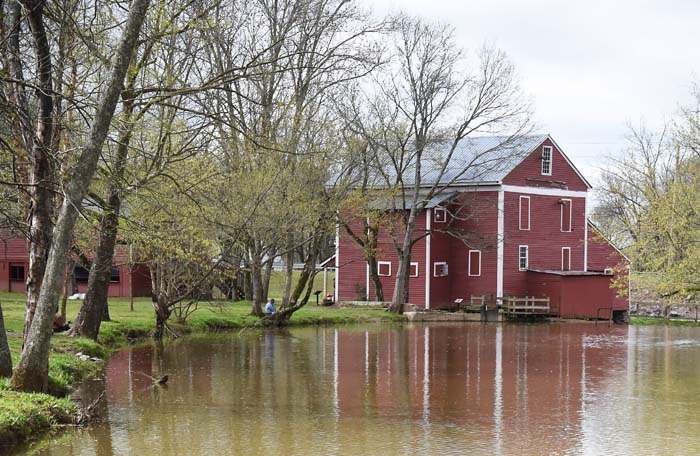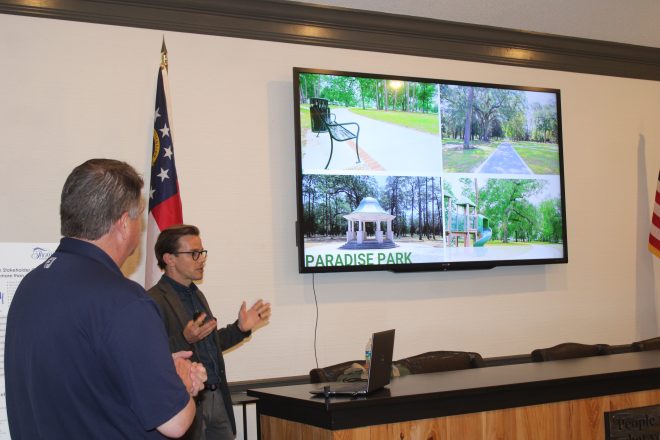North Georgia mills included in new book
Published 12:27 pm Monday, April 17, 2017

- Prater's Mill in Whitfield County is featured in the book "Vanishing Landmarks of Georgia: Gristmills & Covered Bridges."
DALTON, Ga. — Joseph Kovarik lives in Colorado but visits his daughter in Georgia quite often.
“When I come to Georgia, i like to travel around and do some photography,” he said. “I started shooting gristmills and covered bridges, and began researching them. At first, it was just to add to my portfolio. It was just a personal project. But I began to think that other people might be interested, especially since getting information on some of these sites wasn’t easy.”
Kovarik turned his photographs and research into the recently released book “Vanishing Landmarks of Georgia: Gristmills & Covered Bridges.” It includes Prater’s Mill in Whitfield County and Dennis Mill in Murray County.
“I tried to include all the gristmills that are still standing in Georgia,” he said. “There are a few that I wasn’t able to get access to. But those two are still in very good shape.”
Founded in 1855, Prater’s Mill quickly became a hub of activity, as farmers from across north Georgia brought their corn to be ground at the mill. But by 1971, the mill had fallen into disrepair.
That year, a group of volunteers came together to raise money to help repair the mill. That was the beginning of the annual Prater’s Mill Country Fair, which has become a regional attraction and helped preserve the mill, which is still powered by Coahulla Creek, in working order. The Boring family, which owned the mill, donated it to Whitfield County in 2010.
“I’m really glad that Joe has such a strong interest in the mills that he spent so much time creating this lovely book,” said Judy Alderman of the Prater’s Mill Foundation. “I hope it brings awareness to Prater’s Mill and to Dennis Mill and to all of our old mills.”
Dennis Mill, located southeast of Chatsworth in Murray County, was likely built in 1869, according to the book, but there are records of a mill on that site as early as 1845. It, too, was the center of a thriving community. The mill operated until the 1950s. It is currently privately owned.
Janet Cochran, state tourism project manager for Georgia’s historic high country, said the book could help boost tourism to the area.
“It brings attention to our historical assets,” she said. “There are people who enjoy visiting landmarks that played a role in a community’s culture and heritage. There are people who use books such as this really as guidebooks or maps and go from one site to another.”
“Vanishing Landmarks of Georgia: Gristmills & Covered Bridges” is available from Amazon.com as well as many bookstores.





